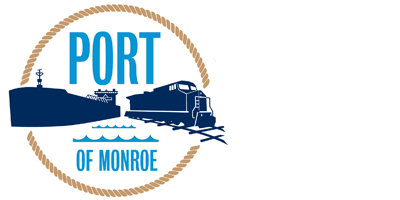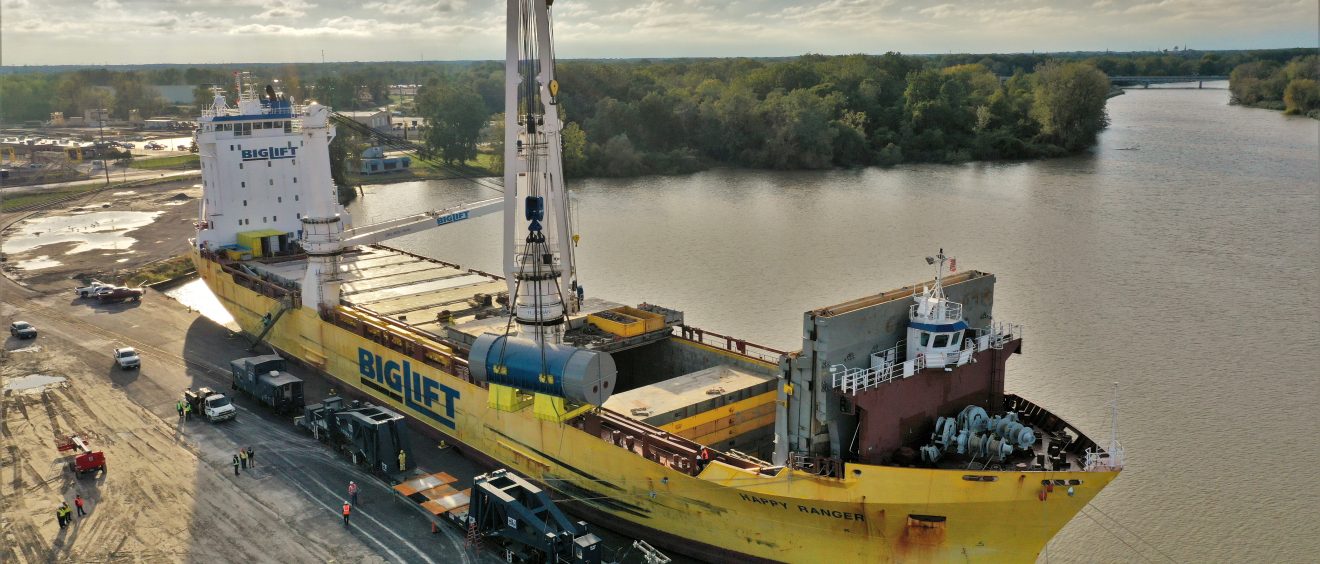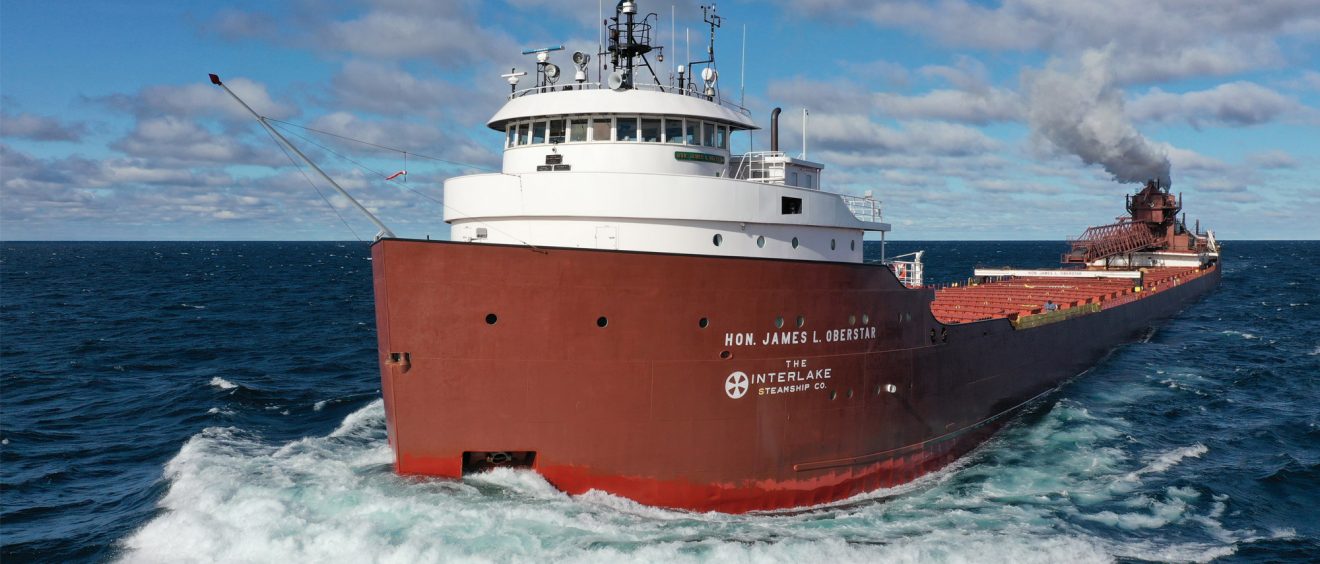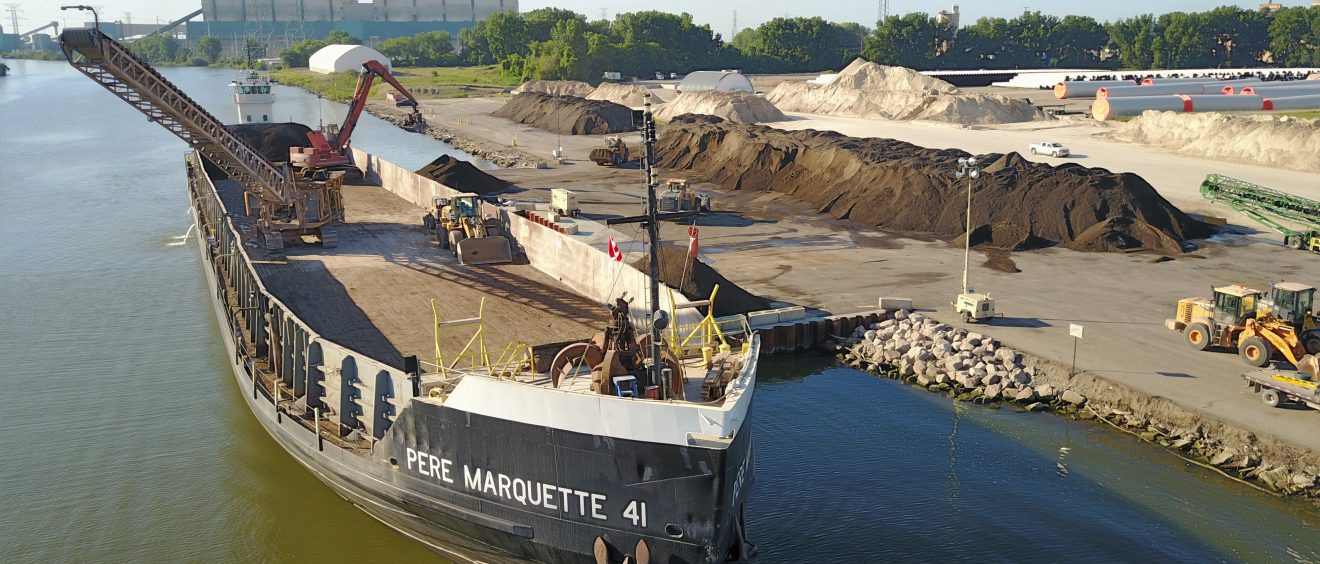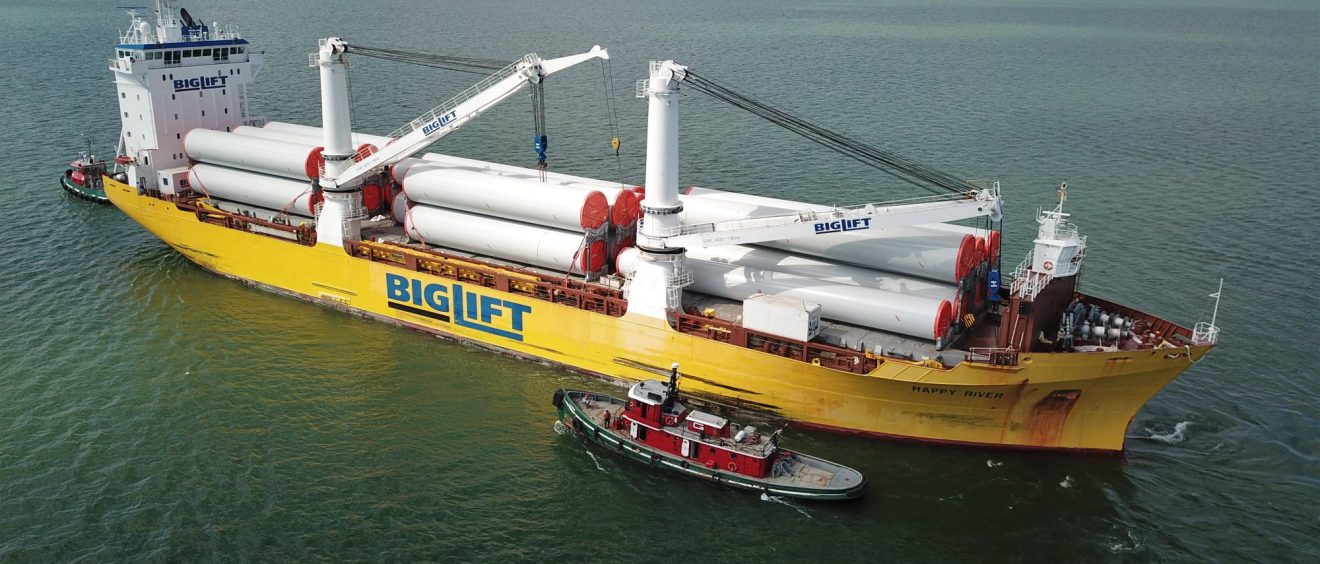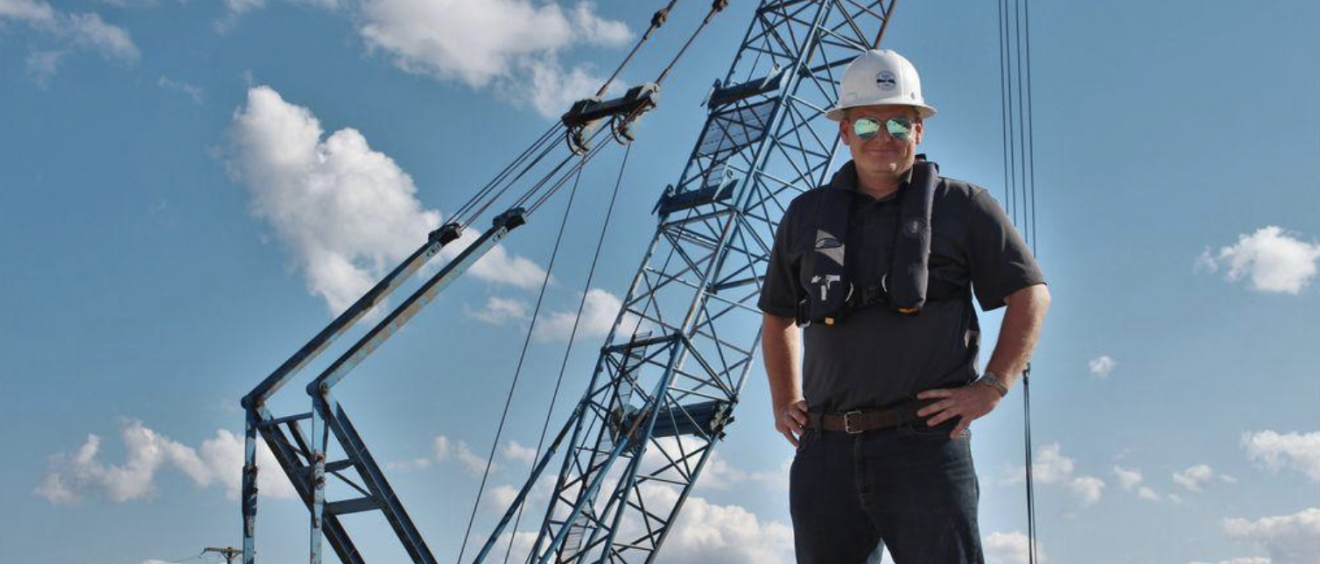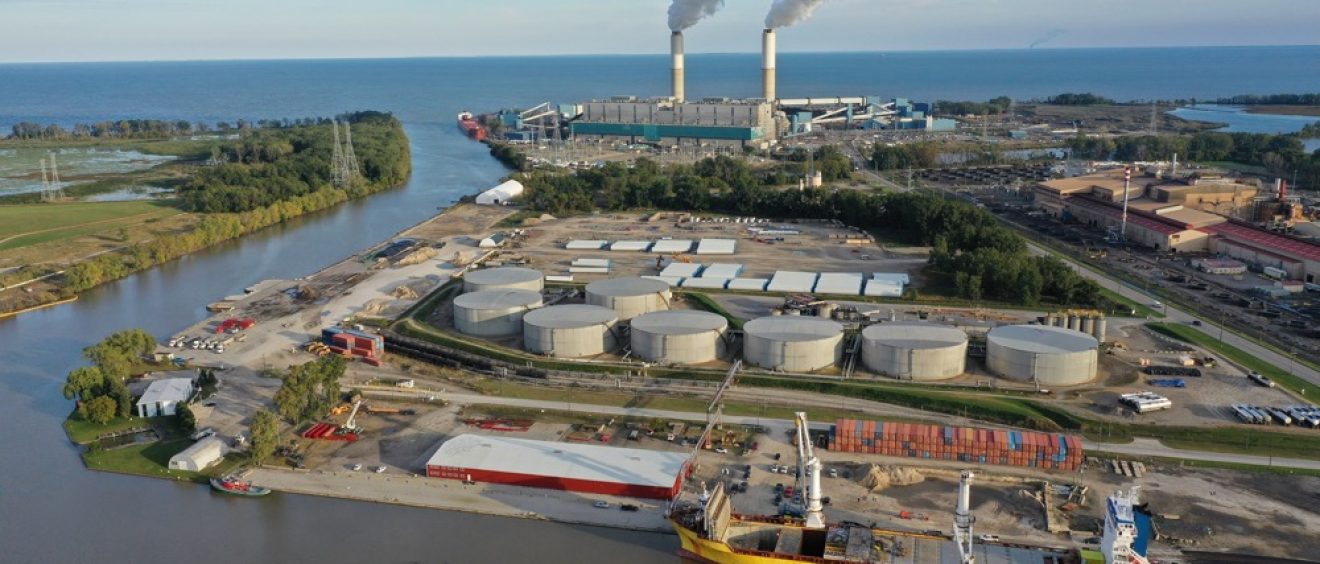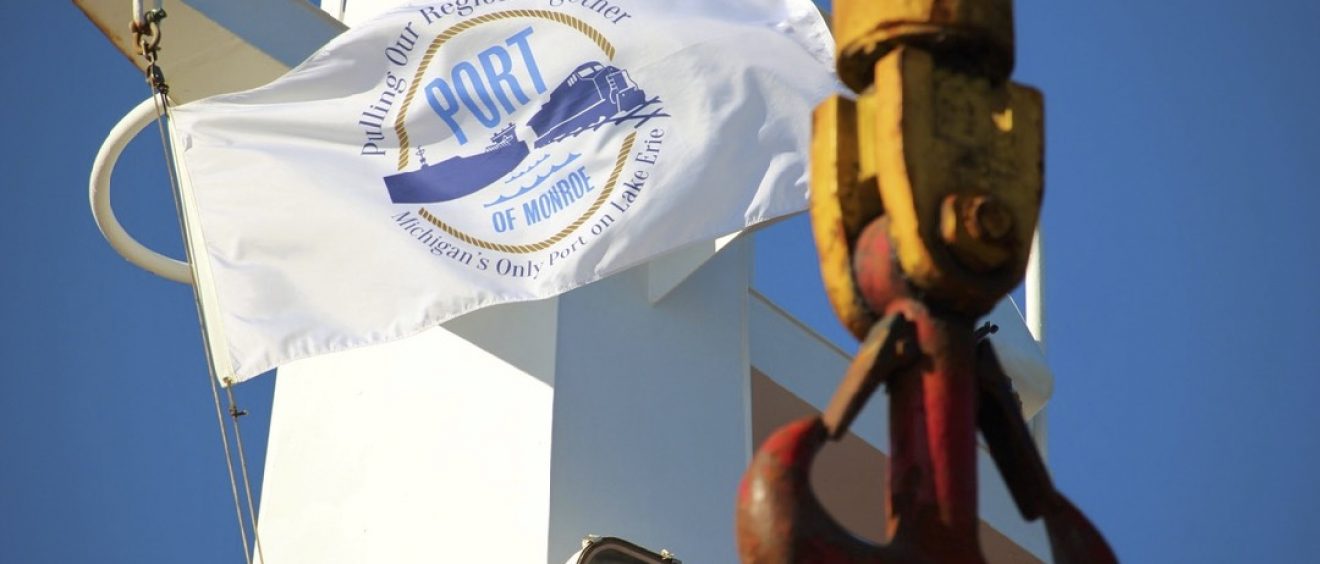Source: Gary Peters
Inconsistent Screening Requirements have Halted Service at Port of Monroe while other Ports Continue Operations
WASHINGTON, DC – U.S. Senator Gary Peters (MI), Ranking Member of the Senate Homeland Security and Governmental Affairs Committee, and U.S. Representative Tim Walberg (MI-07), called on the Government Accountability Office (GAO) to study inconsistencies in the cargo screening standards at American ports that have halted service at Michigan’s Port of Monroe. The U.S. Customs and Border Protection (CBP) Detroit Field Office has restricted the Port of Monroe from accepting international break bulk cargo – countering nearly 90 years of practice since the Port of Monroe began operations in 1932 – unless the Port invests in significant and costly screening technology and infrastructure upgrades at their own expense. Other coastal and Great Lakes ports have not been subjected to the same strict screening requirements. The change in requirements has severely impacted the Port of Monroe’s operations, and undermines Michigan’s economic competitiveness.
“We have received reports that CBP is not applying a consistent standard at ports of entry across the United States for screening requirements for non-containerized cargo, including for ports in Michigan,” wrote the Members. “CBP’s inconsistent approach gives a strategic advantage to some ports while placing burdensome infrastructure requirements on other ports, such as demands from CBP to purchase expensive scanning equipment that is provided by the federal government at other points of entry.”
Currently, the SAFE Port Act and other federal regulations outline specific requirements for incoming containerized cargo. These requirements lack clear outlined standards for non-containerized cargo. Federal regulations mandate 100% scanning for incoming containerized cargo, but the Department of Homeland Security (DHS) has extended the implementation deadline multiple times. The Members have asked GAO to examine whether these standards are being equally enforced at different ports across the country, and how they apply to different types of cargo, including non-containerized cargo such as break bulk.
Text of the letter is copied below:
February 24, 2020
The Honorable Gene Dodaro
Comptroller General of the United States
United States Government Accountability Office
441 G Street, N.W.
Washington, DC 20548
Dear Comptroller General Dodaro:
The U.S. economy depends on the secure and expeditious flow of millions of tons of cargo each day. Cargo shipments can, however, present significant security concerns, as individuals have exploited vulnerabilities in the supply chain by using maritime cargo shipments to smuggle narcotics, stowaways, and other contraband into the United States. U.S. Customs and Border Protection (CBP), a component within the Department of Homeland Security (DHS), has responsibility for administering maritime cargo security and reducing the vulnerabilities associated with the shipping cargo to the U.S. through the global supply chain while maintaining robust trade and commerce.
In general, cargo entering the U.S. via the maritime domain is subject to physical examination by CBP pursuant to a number of authorities, including Security and Accountability For Every Port Act of 2006 (SAFE Port Act). The SAFE Port Act, as amended by the Implementing Recommendations of the 9/11 Commission Act of 2007, also includes cargo screening and scanning requirements. However, given that DHS has extended the date by which 100 percent scanning is to be implemented several times, the extent to which the 100 percent scanning requirement is being enforced is not clear. In addition, it is not clear how CBP is defining “containerized cargo” for purposes of the 100 percent scanning requirement and the extent to which the enforcement is consistent across all domestic ports.
We have received reports that CBP is not applying a consistent standard at ports of entry across the United States for screening requirements for non-containerized cargo, including for ports in Michigan. CBP’s inconsistent approach gives a strategic advantage to some ports while placing burdensome infrastructure requirements on other ports, such as demands from CBP to purchase expensive scanning equipment that is provided by the federal government at other points of entry.
Because of inconsistencies that exist regarding cargo security standards for non-containerized cargo—such as break bulk cargo—we would like to request that GAO conduct a review focused on answering the following questions:
- Does DHS/CBP have any maritime cargo security programs or requirements that pertain to non-containerized maritime cargo and, if so, to what extent are CBP’s non-containerized cargo security requirements and procedures implemented consistently across ports? Please provide any updates on the status of changes to policy for break bulk cargo.
- What types of cargo shipments (i.e., containerized cargo, break bulk, etc.) does CBP consider to be within the scope of its maritime cargo security programs, such as the Container Security Initiative and the 100 percent scanning mandate?
- What type of risk analyses, if any, has DHS or CBP conducted to determine the risks of non-containerized maritime cargo before its departure from a foreign port?
- What do DHS and CBP officials view as impediments, if any, to ensuring the security of non-containerized maritime cargo?
Thank you for your consideration of this request.
